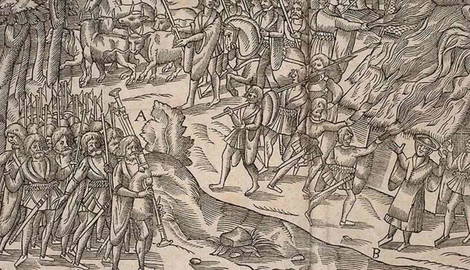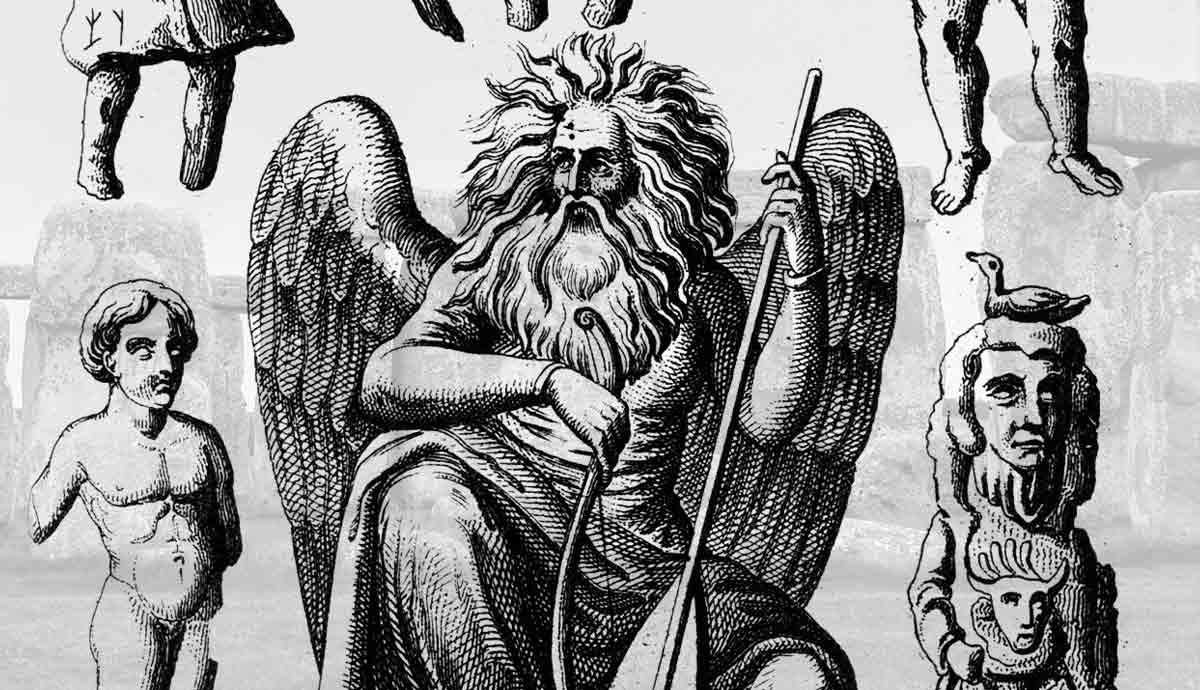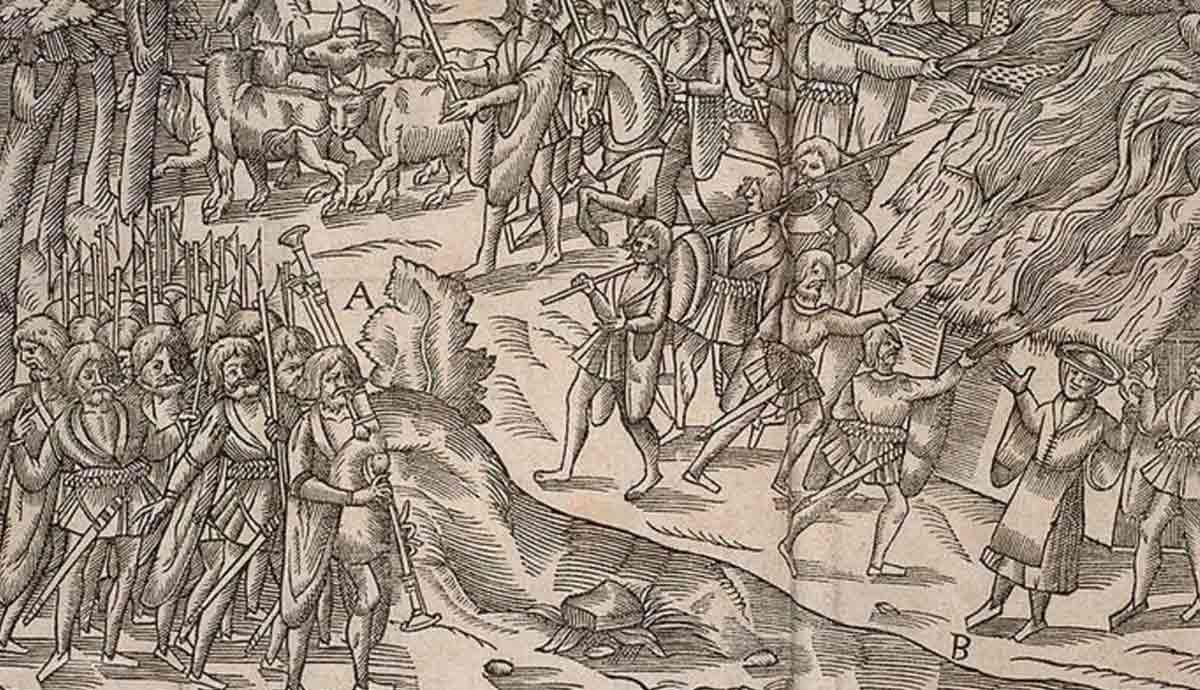
Some of the earliest surviving poetry from Post-Roman Britain is about the Battle of Catraeth. This is principally known from a poem entitled Y Gododdin, which appears to date back to c. 600 and is attributed to the late-6th/early-7th-century poet Aneirin. The Battle of Catraeth was remembered as a tragedy since it was a crushing defeat for the Britons. According to some theories, this battle can actually be identified with a battle recorded by Bede, the Battle of Degsastan. Bede attributes this battle to King Aedan of Dal Riada. Can these two battles really be identified as the same event?
Why Might King Aedan Have Been Involved in the Battle of Catraeth?
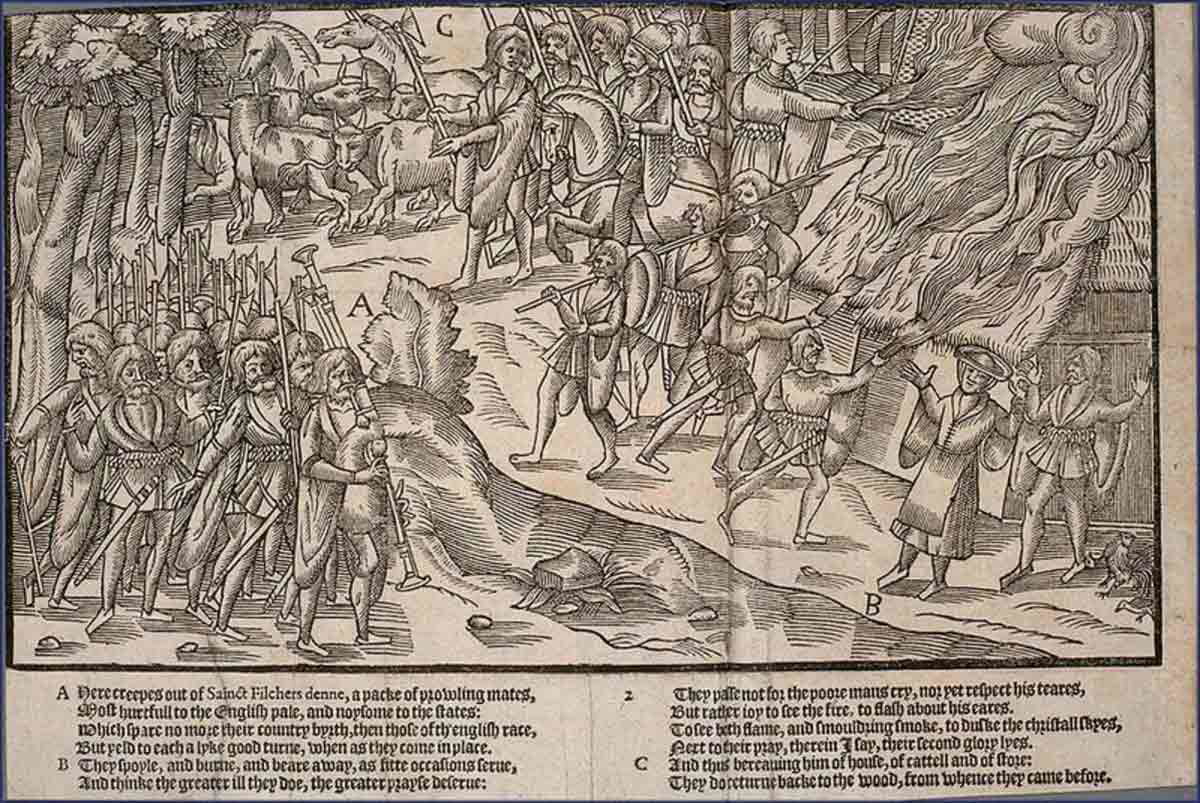
Aedan mac Gabran was the king of the Irish kingdom of Dal Riada, which encompassed much of western Scotland and parts of Ireland and was one of the most powerful kingdoms of 6th-century Britain. Aedan himself is known to have extended his military power quite widely. For instance, he is recorded as engaging in battle as far north as the Orkneys. Furthermore, there are records of him fighting against the Anglo-Saxons of Northumbria.
Aedan ruled from 574 until about 609. At that time, the kingdoms of Bernicia and Deira were growing in power. Under the reign of Athelfrith, which lasted from 593 to 616, the two kingdoms were united and became the kingdom of Northumbria. How does this historical background have a bearing on the Battle of Catraeth, known from Welsh poetry?
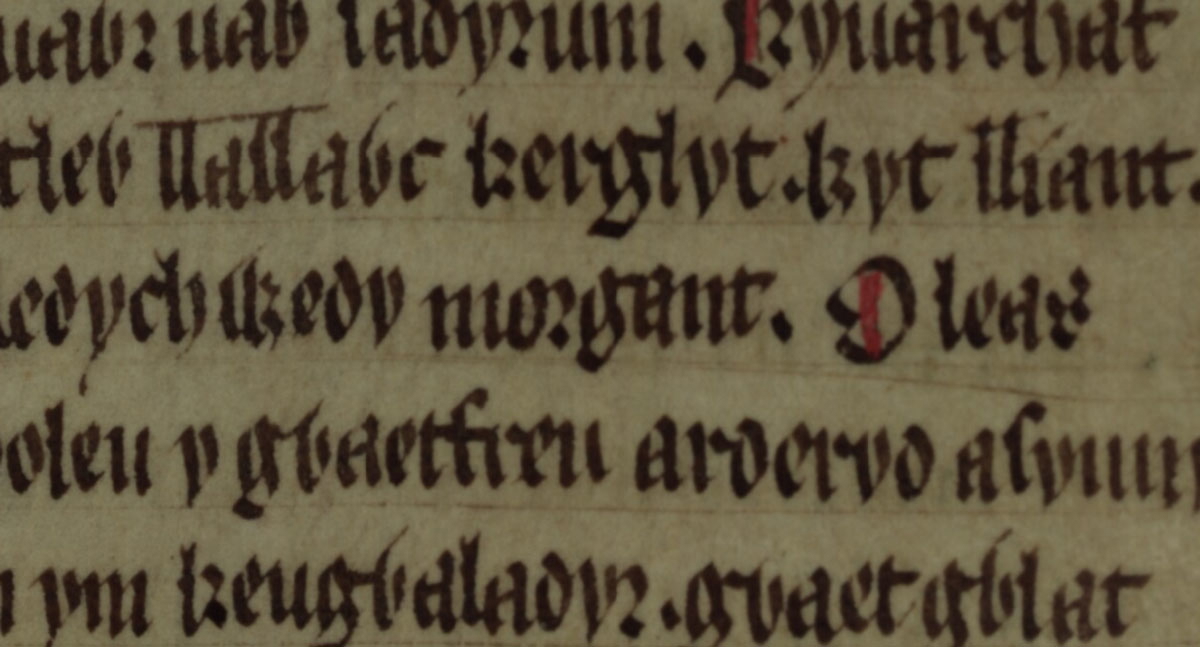
As already mentioned, the kingdom of Dal Riada was very powerful. Likewise, Northumbria was one of the most powerful Anglo-Saxon kingdoms and also the northernmost of those kingdoms. Although Dal Riada was even further north by quite some distance, they were close enough that conflict between them was possible. Not only was it possible, but it actually happened, according to Bede.
Even more significantly, Welsh records attest to Aedan’s alliances with several British kings. For example, in the Panton MS 51, we find the claim that Aedan had an alliance with Morgan Mawr ap Sadyrnin (possibly Morgan ap Athrwys, historically associated with an abbot named Saturnus). That same document claims that he was also allied to King Gwenddoleu. An earlier source, the poem Peirian Vaban, supports this by placing Aedan at the Battle of Arderydd of 573, at which Gwenddoleu fought.
The Battle of Catraeth was a major battle against Bernicia and Deira involving British warriors from numerous kingdoms, including as far north as the Brythonic kingdom centered on Din Eidyn (Edinburgh). Given these facts, it is entirely plausible to expect Aedan to have been involved in the Battle of Catraeth.
What Was the Battle of Degsastan?
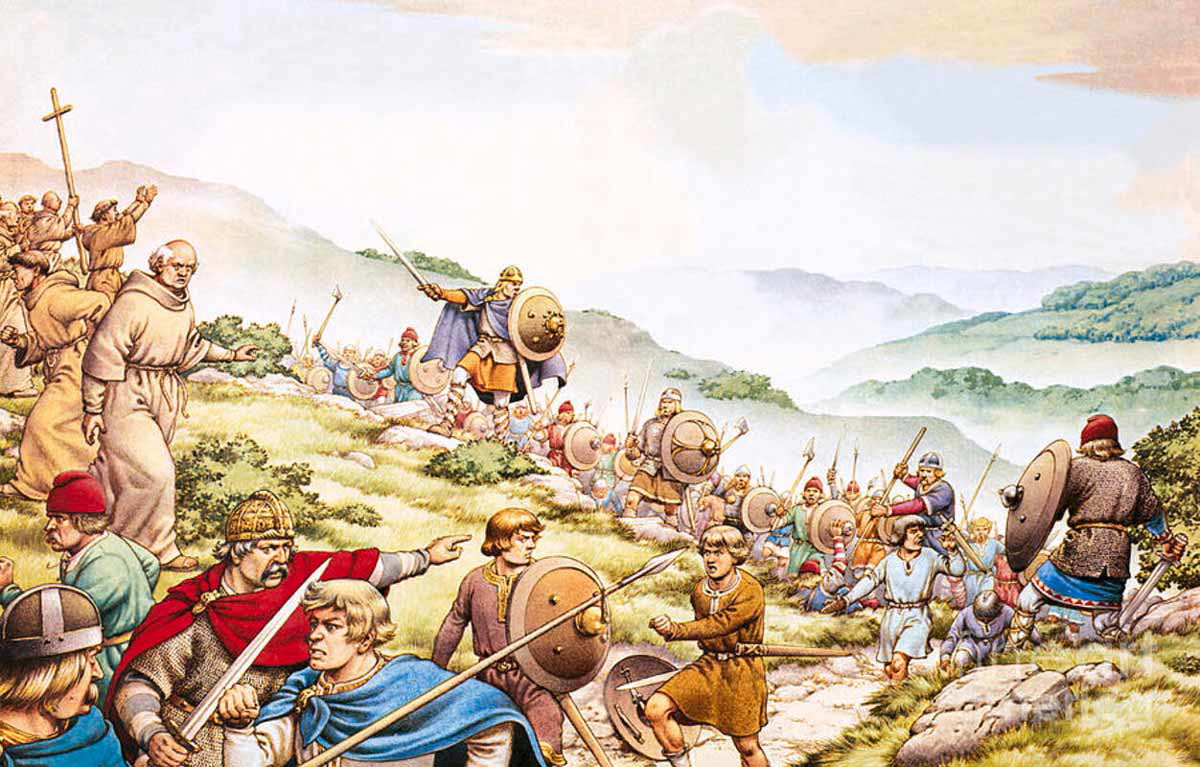
While the facts above make Aedan’s presence at the Battle of Catraeth plausible, can we identify it specifically with the Battle of Degsastan? Well, let us consider what we know about this battle. Bede mentions it in his Ecclesiastical History of the English People, written in c. 731. In his overview of the reign of Athelfrith, king of Northumbria, he mentions that he put the Britons to flight more than any other Anglo-Saxon king. He then goes on to mention the Battle of Degsastan, in which Athelfrith defeated a massive army brought against him by Aedan of Dal Riada. It was such a crushing defeat that the Scots (that is, the Irish) are said to have never again come down from the north to attack the English.
The fact that Bede specifically mentions this battle—and only this battle—in his overview of Athelfrith’s reign suggests that this was the most notable battle that occurred in the career of that king.
Evidence That the Battle of Catraeth Was the Battle of Degsastan
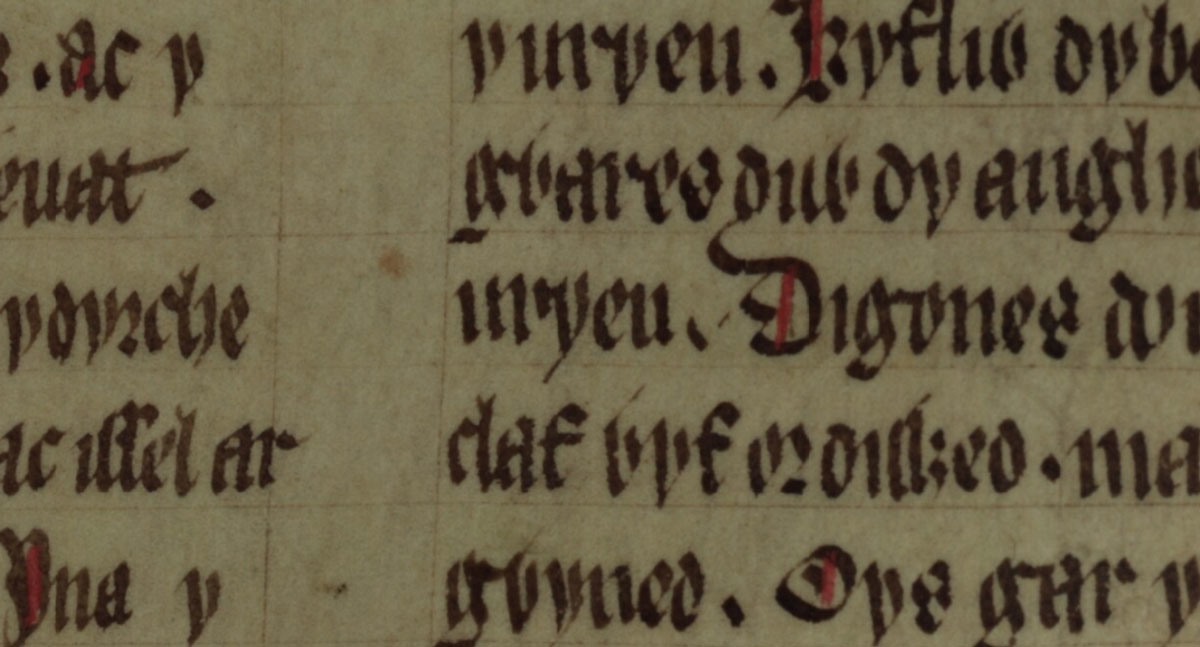
In line with this, the Battle of Catraeth certainly seems to have been a massively important battle. We can discern this from the fact that the Y Goddodin poem mentions warriors from all over the north of Britain. One of them is Geraint “from the south,” who was likely an attested figure from North Wales called Geraint Saer. On the other hand, the king said to have organized this battle was the ruler of Edinburgh, much further north. This shows the wide geographical spread from which the warriors involved in the battle were drawn. This clearly shows that it was a major event. Furthermore, preparations for the battle were said to have taken a whole year.
With this in mind, recall that the Battle of Catraeth is dated to c. 600 by most scholars. This is partially based on the fact that Urien Rheged, the most prominent king of the north in his time, is not mentioned in Y Gododdin. This indicates that the Battle of Catraeth occurred after he had died. His death appears to have occurred in c. 593.
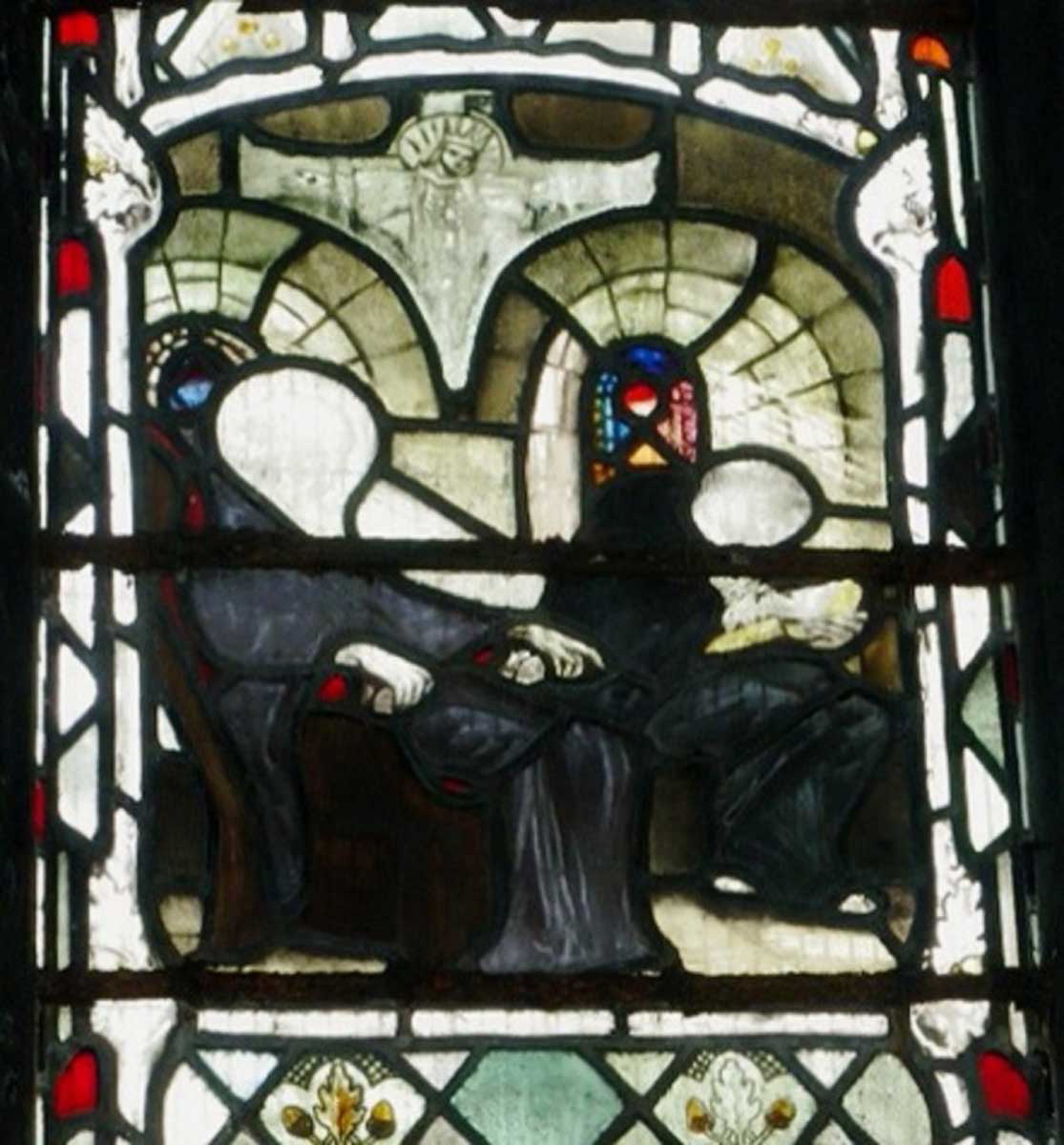
If the Battle of Catraeth occurred in approximately the year 600, then what about the Battle of Degsastan? Bede tells us that Athelfrith ended the war against Aedan in the year 603. This is usually understood to be the year in which the Battle of Degsastan took place, but Bede does not actually state this. The war may have ended several years after that particularly crushing battle. In any case, we can see that the Battle of Degsastan must have occurred in 603 or a little earlier, which matches well with the date of the Battle of Catraeth.
Bede specifically notes that Aedan brought a “great and mighty army” against Athelfrith. What are the odds that two massive armies were brought against Athelfrith at about the same time in unconnected events? This is especially unlikely when we recall that Aedan was allegedly allied to some Brythonic kings. Is it really plausible to imagine that Aedan did not participate in his allies’ Battle of Catraeth and then independently brought his own massive army against Athelfrith shortly afterward? It is not impossible, but it seems unlikely.
Does Geography Rule Out This Connection?
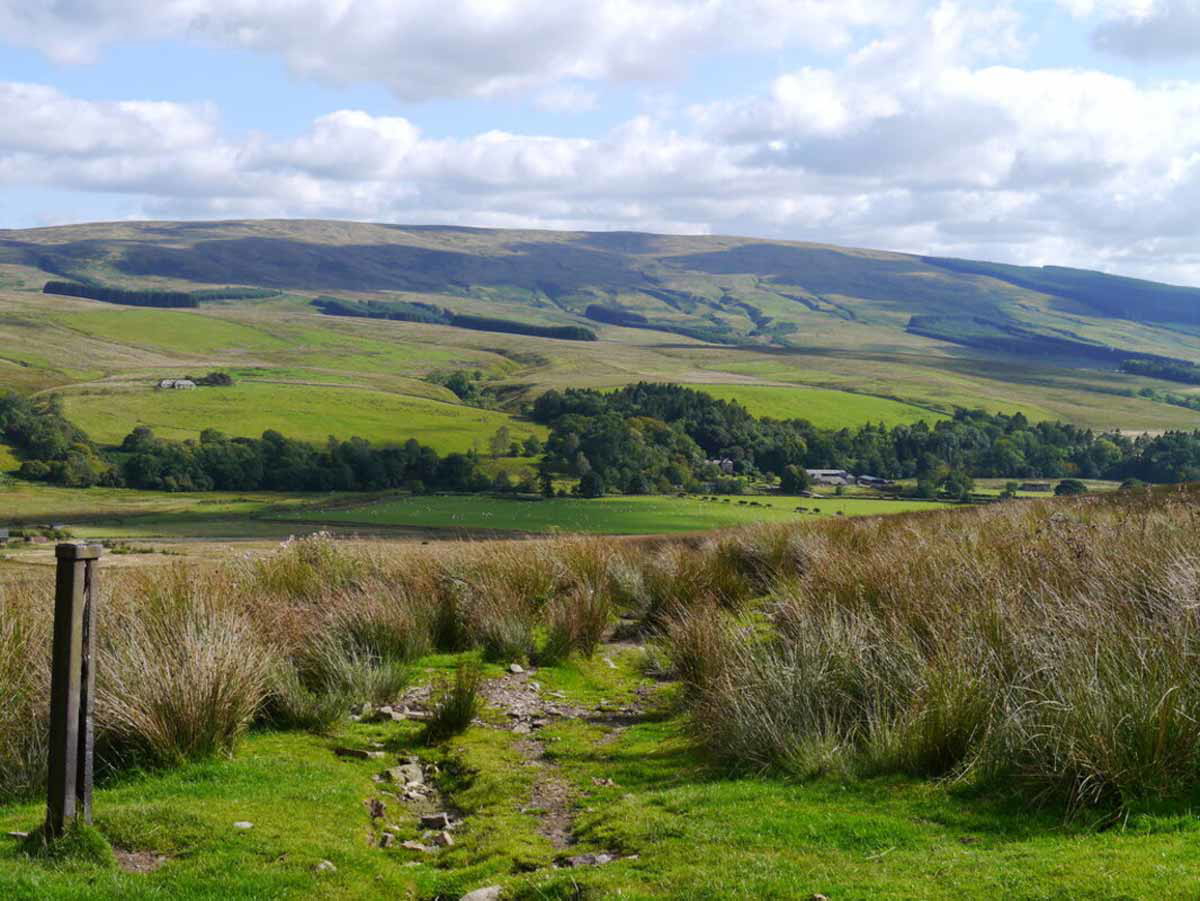
One obvious objection to this idea is that most scholars agree that the Battle of Catraeth occurred in Catterick, Yorkshire. This is based on the origin of the place name “Catterick” and the fact that this matches a plausible etymology of “Catraeth.” On the other hand, the Battle of Degsastan is traditionally held to have occurred in Dawstane, Liddesdale, on the southern border of Scotland.
In reality, though, the true location of Degsastan is unknown, and scholars have raised strong objections to the identification with Dawstane. The name seems to mean “Degsa’s Stone,” which suggests that there was a prominent stone monument of some description at the site. This does not match Dawstane, but it arguably does match Catterick, at which there was formerly a 38-meter-wide Bronze Age cairn. Since a cairn was a large pile of stones, this might collectively be known as one big stone monument. Hence, this could arguably match “Degsa’s Stone” if it was associated with a person named Degsa.
Evidence From the Irish Annals
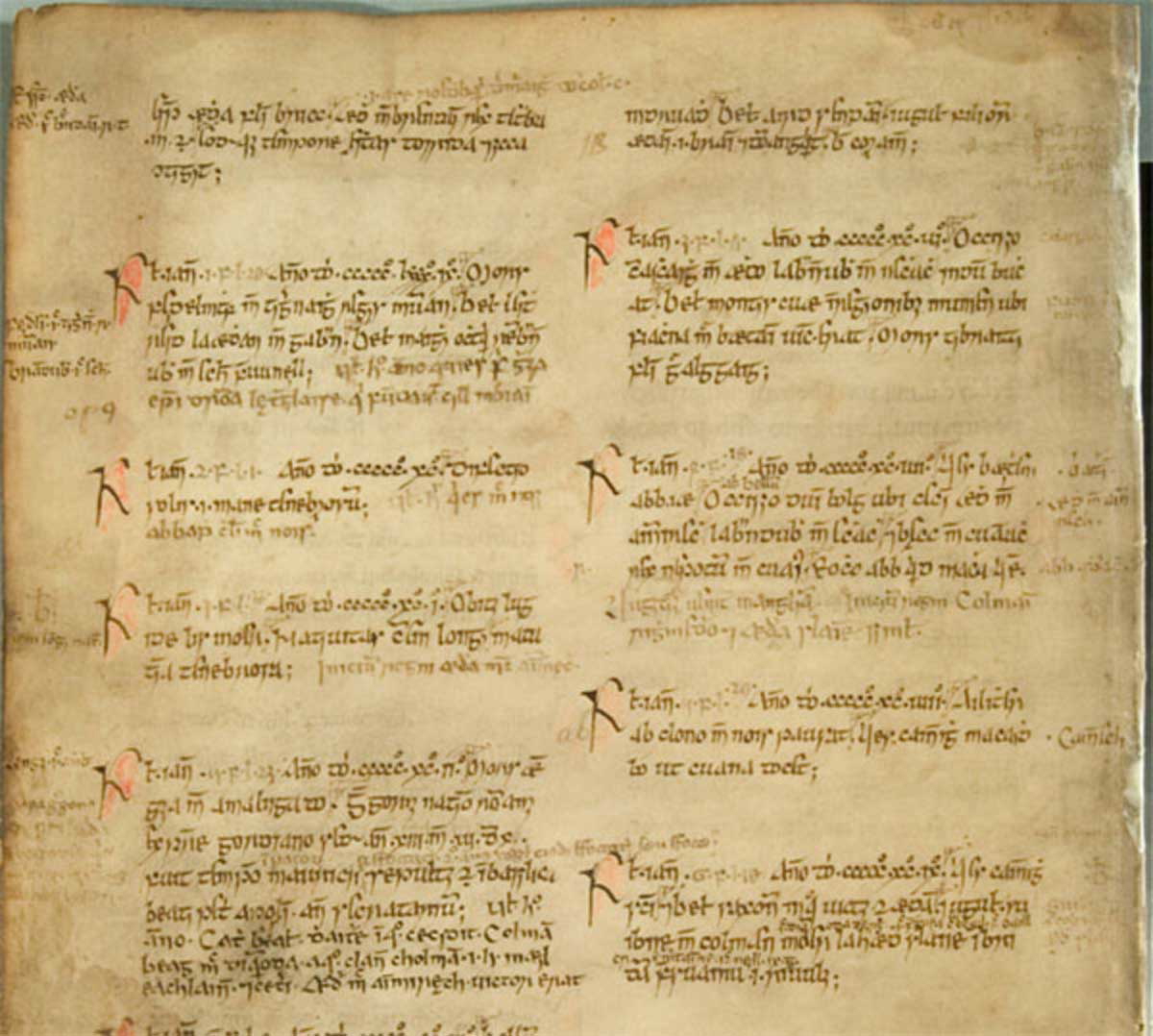
One more piece of evidence that should be highlighted is the fact that the Irish Annals record a certain “Cath Raith” (or “Cath Ratha”) in about 598 or 596. The exact date of this battle is variable across the different Irish annals. However, with this in mind, it is notable that the Annals of Tigernach records Aedan’s defeat at the hands of the Saxons in 598. Could “Cath Raith” be an Irish rendering of “Catraeth,” the name being mistakenly interpreted as the “Battle of Raith”?
Arguing against this is the fact that the Annals of Tigernach records Cath Raith as a separate event from Aedan’s defeat. On the other hand, neither the Annals of Inisfallen nor the Annals of Ulster record Aedan’s defeat at the hands of the Saxons separately to Cath Raith. This allows for the possibility that the two events were identical. We should also bear in mind the fact that the war, as Bede implies, may have occurred over several years, with multiple battles being fought until c. 603.
Was King Aedan’s Battle of Degsastan Identical to the Battle of Catraeth?
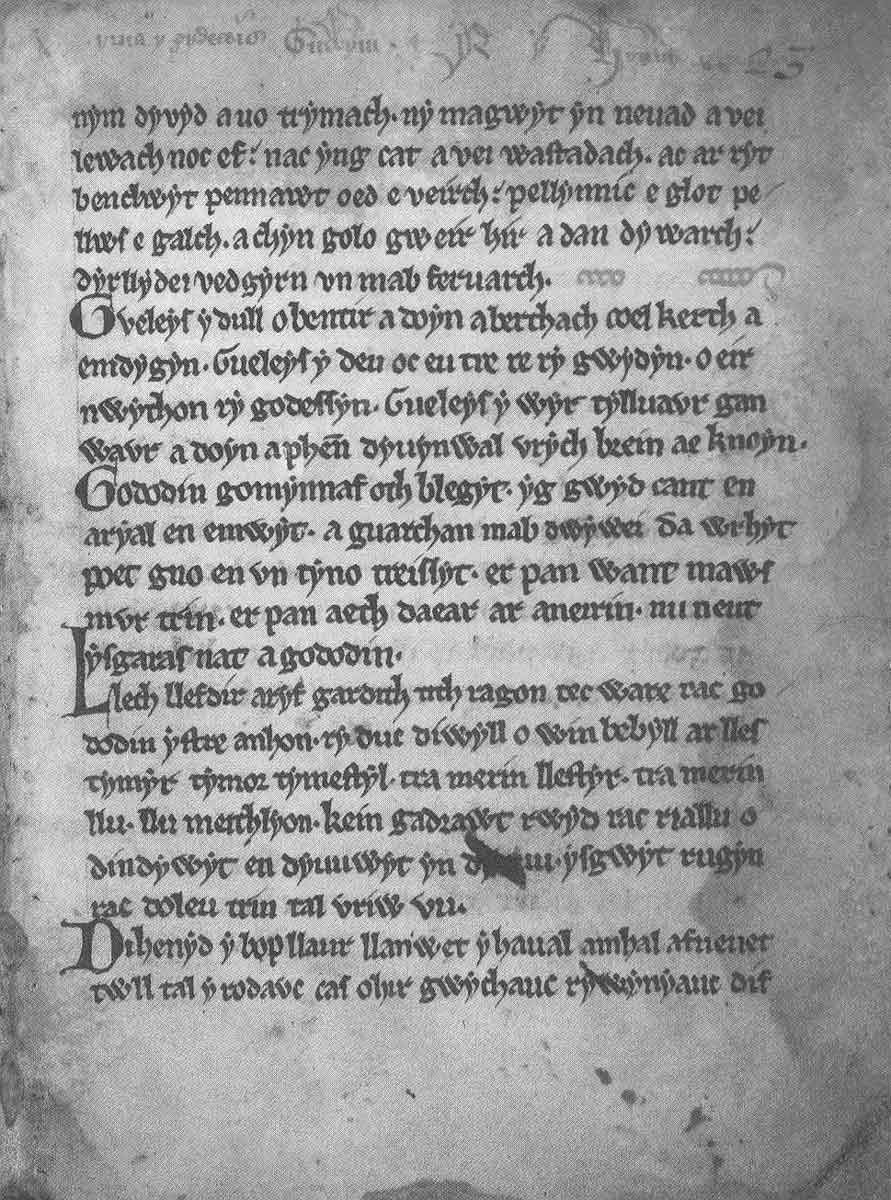
In conclusion, we can see that the Britons from the north and the Scots from Dal Riada are both recorded as raising a massive army against Athelfrith of Northumbria at about the same time. The fact that King Aedan is recorded as being allied to several British kings strongly hints at the possibility that his campaign against Athelfrith was actually part of the British campaign against him.
Furthermore, we have seen that the traditional identification of Degsastan as Dawstane is unlikely, while a site in Catterick is a better match. We have also seen that the Irish annals speak about a battle that they called Cath Raith, which may have been a misinterpretation of “Catraeth.” Evidence from these annals potentially supports the conclusion that it can be identified as the battle in which Aedan was defeated by the Saxons. Even if the Battle of Catraeth was not precisely the same event as the Battle of Degsastan, it seems very likely that they were part of the same overall campaign against Athelfrith.
